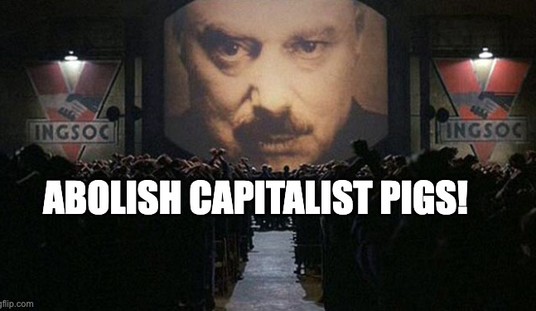Multiple churches around the nation have been appealing restrictions placed on services due to the pandemic. As of last night, they appear to have their answer from the Supreme Court, though most of them probably won’t like it. South Bay United Pentecostal Church in Chula Vista, California had asked the court to hear an emergency appeal regarding Governor Gavin Newsom’s restrictions on religious gatherings in time for tomorrow’s services and the justices delivered their response on schedule. In a closely split decision, the court ruled 5-4 in favor of Newsom, with Chief Justice John Roberts siding with the court’s liberal justices against the other four conservative members. (NY Times)
The Supreme Court on Friday turned away a request from a church in California to block enforcement of state restrictions on attendance at religious services.
The vote was 5 to 4, with Chief Justice John G. Roberts Jr. joining the court’s four-member liberal wing to form a majority.
“Although California’s guidelines place restrictions on places of worship, those restrictions appear consistent with the free exercise clause of the First Amendment,” Chief Justice Roberts wrote in an opinion concurring in the unsigned ruling.
At first glance, it’s tough to tell whether Roberts really believes that Newsom’s restrictions are allowable under the First Amendment or if he’s taking another opportunity to prevent a 5-4 ideological split. We already know that he’s trying to avoid the appearance of a court that’s predictably polarized along political lines.
Still, the majority decision does seem to contradict itself in some ways, as was noted in the dissent penned by Kavanaugh. Both sides agreed that at least some restrictions on church services were allowable under the circumstances, but the chief difference came in how one defines church services as compared to more secular activities. Roberts compared church congregations to other activities with similar or even more severe restrictions, such as “lectures, concerts, movie showings, spectator sports and theatrical performances.” He contrasted that with more leniently treated “dissimilar activities, such as operating grocery stores, banks and laundromats, in which people neither congregate in large groups nor remain in close proximity for extended periods.”
Kavanaugh expressed a different view, saying the California restrictions did not allow churches the same leniency as “comparable secular businesses.” And those businesses were trusted to “adhere to proper social distancing and hygiene practices.”
This was a tough case all the way around and it probably could have gone either way. Even when considering the Free Exercise clause of the First Amendment, we already place certain requirements on churches similar to secular entities even when we’re not in a state of emergency. Rules about maximum occupancy under the fire codes, parking restrictions and construction safety requirements apply to churches just as they do to grocery stores and laundromats. So in that sense, as long as everyone else is facing restrictions, the churches wouldn’t get a free pass to ignore any and all limitations.
But at the same time, this decision had to come down to two different questions as to how different “classes” of operations are defined and which ones are given more freedom to operate. First, which ones are “essential” and which are “nonessential” under California’s rules? That seems to already be a settled issue. Churches are essential services. But the second half of the equation is the issue of how people typically behave in various settings under discussion. I would have to agree that people are less likely to “congregate” for lengthy periods of time at the grocery store or the laundromat. Churches are, by definition, sort of the opposite. We don’t call the worshipers a “congregation” for nothing, after all.
From the earliest days of these executive orders under a declared state of emergency, I’ve tried to remind people that the courts have historically sided with the executives. So even though this was a sharply divided decision that included some alarmingly vague generalizations, we probably shouldn’t be too surprised at the result.








Join the conversation as a VIP Member